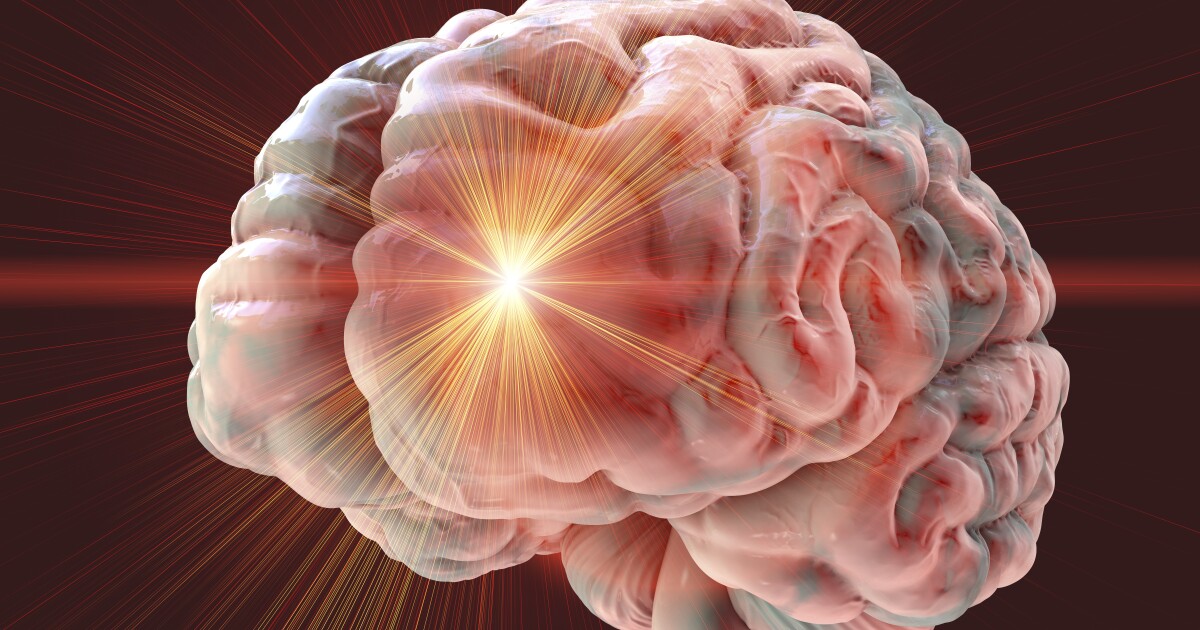Blood
A new cause of brain hemorrhage has been identified
In a significant development for brain health, scientists have demonstrated for the first time how hemorrhages can occur due to a faulty interaction between aged red blood cells and narrow capillaries. Until now, the cause of this serious condition has been brain bleeding that results from injured or damaged blood vessels.
“It has always been assumed that in order for cerebral hemorrhage to occur, blood vessels need to be injured or disrupted,” said co-corresponding author Xiangmin Xu, professor at University of California Irvine (UCI). “We found that increased red blood cell interactions with the brain capillaries represent an alternative source of development.”
The team identified how aged red blood cells ‘stall’ in the brain’s narrow network of capillaries, which result in microbleeds at the site. Cerebral microbleeds in older adults have been linked to a higher risk of developing Alzheimer’s disease, hypertension and ischemic stroke.
While capillaries – the smallest blood vessels in the body – employ a clever membranous mechanism to push out any blockages, it’s a system that begins to falter with age.
The 2010 study that identified this mechanism also found that it becomes 30 to 50% slower in an aging brain, and also results in the death of more capillaries.
The team used tert-butyl hydroperoxide to cause oxidative stress to red blood cells, then marked the cells with a fluorescent tag and injected them into the brains of mice. Through two different methods, they saw the red blood cells becoming stuck in the capillaries, before being cleared through the process known as endothelial erythrophagocytosis. But as the cells moved out, microglia inflammatory cells engulfed them, forming a brain hemorrhage.
“We have previously explored this issue in cell culture systems, but our current study is significant in expanding our understanding of the mechanism by which cerebral microbleeds develop,” said co-corresponding author Mark Fisher, professor at UCI’s School of Medicine. “Our findings may have profound clinical implications, as we identified a link between red blood cell damage and cerebral hemorrhages that occurs at the capillary level.”
The team says this finding presents new avenues of research and potential treatment to help an aging brain maintain capillary function and to prevent those aged cells from stalling along this essential transport route.
“We need to examine in detail the regulation of brain capillary clearance and also analyze how that process may be related to insufficient blood supply and ischemic stroke, which is the most common form of stroke, to help advance the development of targeted treatments,” Fisher added.
The study was published in the Journal of Neuroinflammation.
Source: University of California Irvine

